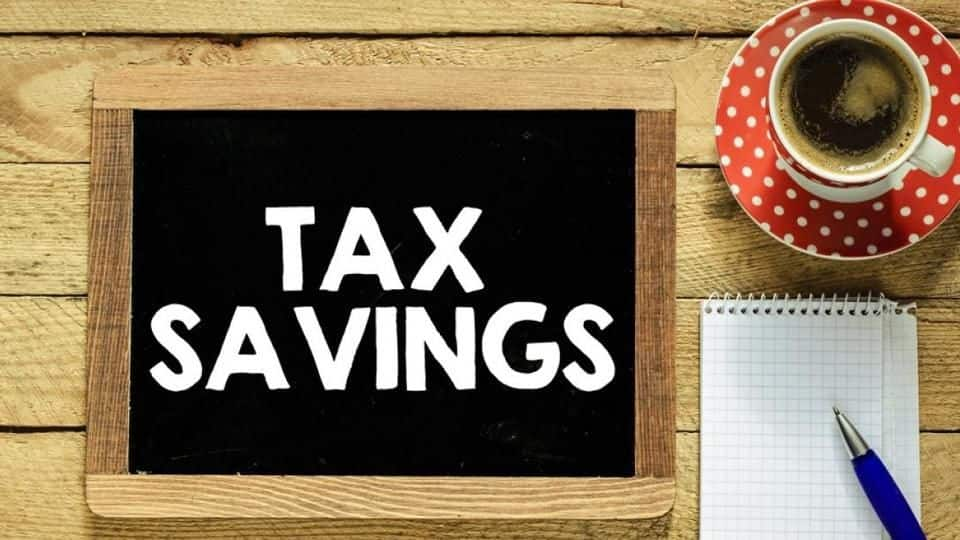
Save the maximum tax under Income-Tax Sections 80C, 80CCD, 80D
What's the story
December is here, and taxpayers are in a rush to utilize tax deductions to the fullest, invest in various tax-saving instruments, and submit these proofs to employers.
There are various tax-saving solutions to claim benefits of Rs. 1.5lakh under Income Tax Act Section-80C, Rs. 50,000 under 80CCD, and Rs. 25,000 (Rs. 30,000 if parents are senior-citizens) under 80D.
Read on to choose the best!
Sections 80C, 80CCD
Tax exemptions under Sections 80C, 80CCD
Under Section 80C, one can get tax exemption on investments of up to Rs. 1.5lakh in Employees' Provident Fund, Public Provident Fund, National Savings Certificate, Life Insurance Premium, five-year tax-saving bank fixed-deposits, post-office schemes, Specified Government Bonds, ELSS (equity-linked savings schemes).
To encourage investments in National Pension Scheme, an additional tax deduction of Rs. 50,000 is allowed under 80CCD; it's above 80C's Rs. 1.5lakh-limit.
Section 80D
Tax deduction benefits under Section 80D
Under 80D, taxpayers can take health insurance for self/spouse/dependent children for an exemption of up to Rs. 25,000. If the taxpayer's parents are senior citizens, then the maximum tax benefit is Rs. 30,000. Deduction of Rs. 5,000 on preventive health checkups is also available.
Also, Section 24 allows tax benefit of up to Rs. 2lakh on interest for home loans (self-occupied houses).
Do you know?
ELSS and National Pension Scheme
While there are many tax-saving options, experts advise taxpayers to invest in instruments that give higher returns in the long term like the equity-based financial instruments like ELSS (equity-linked savings scheme) of mutual funds and the National Pension System.
ELSS
ELSS investment offers tax benefit of Rs. 46,350
Considering the return on investment (ROI), ELSS of mutual funds is an excellent option as stock markets reach record highs; people are increasingly investing in this.
In the last five years, ELSS data showed an annualized return of 18%.
If taxpayers invest Rs. 1.5lakh in ELSS yearly, they can save Rs. 46,350 in taxes.
The three-year lock-in period is lower than most options.
Details
ELSS investors should remain patient during market ups, downs
H&R Block India's Head of Tax Research Chetan Chandak says, "Investment in ELSS is linked to the performance of share-market." If taxpayers want to take a risk for good ROI, they can choose ELSS.
Tata India Tax Savings Fund's Rupesh Patel said instead of lump-sum ELSS investments, SIP (Systematic Investment Plan) is better; it "gets reflected in increasing proportion of SIPs in ELSS funds."
About
About the National Pension System
NPS is a good option for tax-saving and retirement planning, too. It is designed to give the investor a lump-sum amount and a regular income post-retirement.
50% of the non-government workers' contribution can be invested in equities and the remaining between corporate and government debt paper.
There are two methods to save more on taxes through NPS: self-contributions and employer contributions to NPS.
Information
Employer can contribute to employee's NPS account
Under NPS, employer's contributions to the taxpaying employee's NPS account also gives tax benefits to the employee. It is allowed under Section 80CCD(2). Though there's no monetary restriction on tax deduction (if the employer contributes), it shouldn't exceed 10% of the employee's salary.
How?
NPS: Tax on 20% of the withdrawal
Under NPS, post-retirement, investors can get up to 60% of the corpus including returns; they must invest a minimum of 40% for compulsory annuity.
Investors need to pay tax on 20% of the amount withdrawn. But PPF and EPF schemes are tax-exempt in investment, accumulation, and withdrawal.
For NPS Tier-1 accountholders, withdrawals are tax-free up to 25% of contributions (10 years after subscription).